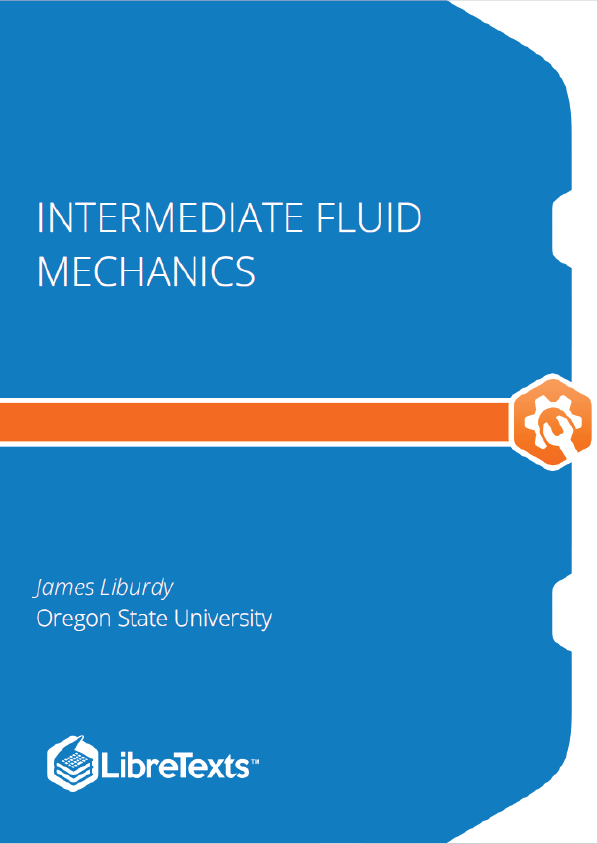1: Introduction
This book is meant to be a second course in fluid mechanics that stresses applications dealing with external potential flows and intermediate viscous flows. Students are expected to have some background in some of the fundamental concepts of the definition of a fluid, hydrostatics, use of control volume conservation principles, initial exposure to the Navier-Stokes equations, and some elements of flow kinematics, such as streamlines and vorticity. It is not meant to be an in-depth study of potential flow or viscous flow, but is meant to expose students to additional analysis techniques for both of these categories of flows. We will see applications to aerodynamics, with analysis methods able to determine forces on arbitrary bodies. We will also examine some of the exact solutions of the Navier-Stokes equations based on classical fluid mechanics. Finally we will explore the complexities of turbulent flows and how for boundary layer flows one can predict drag forces. This compilation is drafted from notes used in the course Intermediate Fluid Mechanics, offered to seniors and first year graduate students who have a background in mechanical engineering or a closely related area.
In developing some of these more advanced topics there will be a number of mathematical tools developed and applied to specific flow situations. An early introduction to some of the basic concepts is presented in Chapter 2. But other mathematical tools and manipulations are introduced later as the topics require. Much of fluid mechanics can be developed from a mathematical point of view and students should realize that much of the early development was from mathematicians, such as Bernoulli, Euler, Navier, Stokes, whose names should sound familiar, and many others. However, as presented here the physical interpretations and applications are important and an attempt is made to develop analysis methods with an understanding of the physical consequences along side of all of the mathematical constraints and requirements of a problem or situation. It is hoped that the student not only learns the equations and how to manipulate them but also to understand the physical situations and how the physical flow phenomena are interpreted.
Fluid mechanics, as its name implies, is a subset of the larger field of mechanics. Mechanics is a branch of science dealing with forces and motion, and their relationships. Mechanics has static and dynamic elements. Forces may exist without motion and/or with motion and forces may initiate or change motion. Since fluid properties are significantly different than solids, fluid response to applied forces can be much more complex and difficult to describe. Due to fluid deformation rates (yielding to forces over time) fluids have complex distributions of pressure and velocity and acceleration. This spatial distribution of fluid motion is an important part of the understanding of how forces are transmitted within fluids. A major area of study in fluid mechanics is the kinematic motion of the fluid and how this is described. The dynamic flow of fluids is governed by Newton’s law of momentum conservation whereby forces are required to accompany a rate change of momentum. Since forces and motion are all around us and influence much of what we do in our everyday lives it is not surprising that the origins of mechanics, and fluid mechanics, dates back to the ancient Greeks. Archimedes was instrumental in developing the concepts of hydrostatics which are used to understand forces by fluids on its surroundings as well as how fluid pressure changes due to gravitational forces. Much of the interesting applications of fluid motion follow the formulations of the conservation of momentum. In this sense one is interested in how fluid motion is altered by the existence of imposed forces on the fluid. This is important in the applications of fluid transport (pipelines, biological systems, lubrication, chemical reactions and a host of other applications). It is also important when objects move within fluids. Since we are surrounded by fluids in our living environment, by either air or water, any motion of an object must deal with the fact that fluids must be “pushed out of the way”. That is to say, object motion translates into fluid motion. And based on Newton’s Law of reaction, forces acting on objects by fluids are related to forces by objects acting on fluids. So the guiding principles of fluid motion analysis comes from conservation principles of momentum when tied to other constraints of conservation of mass and energy.











